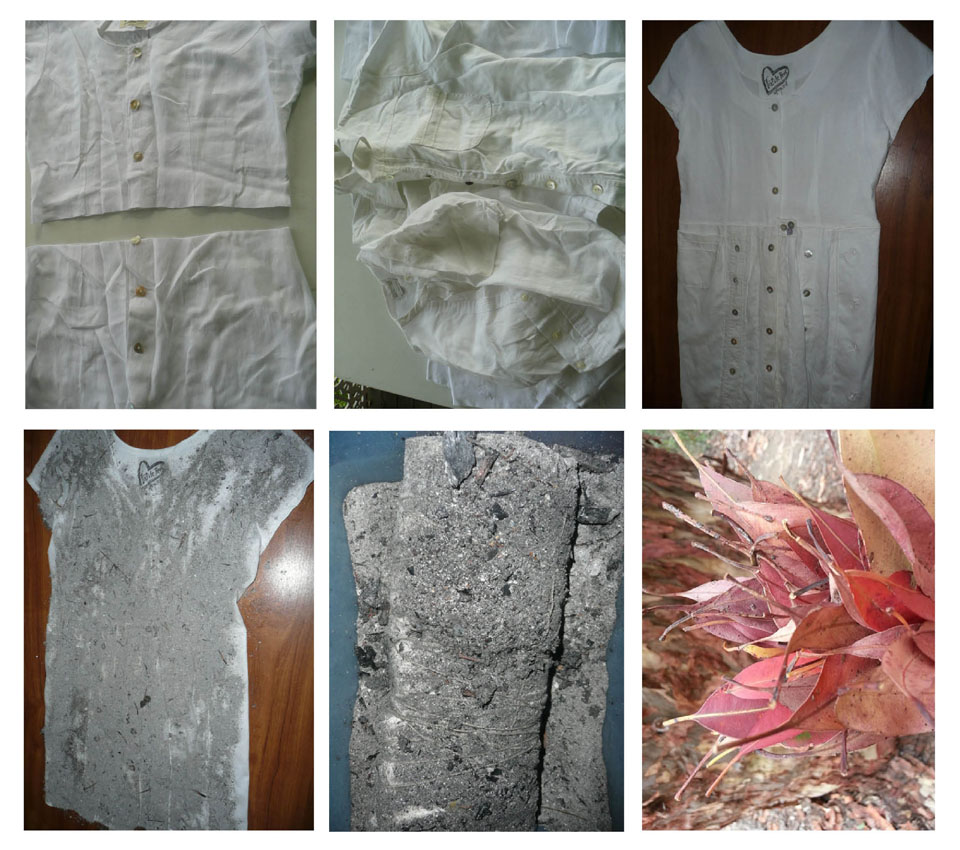 This outfit is a compilation of three items gathered separately which I brought together in a wardrobe try-on session.
This outfit is a compilation of three items gathered separately which I brought together in a wardrobe try-on session.
It is easy to end up with a lot of oddments and separates in the wardrobe, doubly so when you buy op shop as I do. So instead of having a scramble each morning about what goes with what, I have sessions where I bring together all the mishmash stuff and create outfits which then hang together.
Dressing this way, you never see anyone else in the same outfit – as can be problem when you buy the latest fashion trend.
In their book Paris Street Style: A guide to effortless chic, Isabelle Thomas & Frédérique Veysset say we express our idea of who we are by the clothes we wear. It’s an unconscious, unspoken language that we direct at other people.
“You have to find your own look. There’s no need to knock yourself out to stand out; all that’s required is to be aware of who you are. If you are that, you can develop a harmony between your clothes and your personality. It’s not a question of age or money, more of a state of mind and an intention.”
They quote sociologist Patricia Delahaie as follows: Today, in the era of individualism, everyone can live and dress their own way, inventing themselves and the images that suit them best. Everything is possible now … your look reveals quantities of information about you. To what tribe do you belong? What image of yourself do you want to project? Do you wish to join the mass, or do you need to assert that you’re different? Is it your intention to be seen, or would you prefer to stay in the background? Are you eager to express your creativity, do you need to display the sides of yourself that are sporty, asexual or even rigid?
There wasn’t much sewing involved in today’s offering. The linen wrap-around skirt (Turtle Creek) is as found in an op shop. The designer linen top (Carla Zampatti) is also as found in op shop, except for the add neck scarf – a cast-off from my sister which I thought was a perfect lift to bring the outfit together. It is just stitched on the inside of the neckline and can be easily removed if preferred.
















